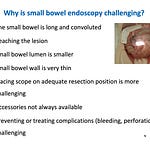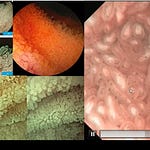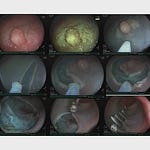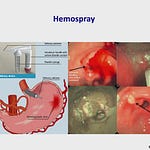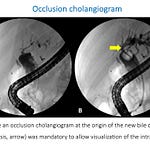👆For non-paid members, the clip above is a free preview. The complete lecture is available to paid members. To see advanced troubleshooting tips, case variations, and a downloadable quick-reference guide based on this video, consider becoming a paid subscriber.
You can subscribe below to watch the full video.
The Overlooked Real Estate: A Systematic Guide to Inspecting the Hypopharynx and Larynx During EGD
Too often, the journey of the endoscope is a rapid descent to the esophagus, treating the intricate anatomy of the hypopharynx and larynx as mere flyover country. However, this commonly ignored region is a critical diagnostic landscape. A careful, systematic inspection before intubating the esophagus can uncover a vast spectrum of local and systemic diseases, from infections and inflammatory conditions to life-threatening malignancies.
In this endoscopic atlas, Dr. Klaus Mönkemüller provides a masterclass on transforming this overlooked pass into a deliberate, high-yield examination. This guide breaks down the essential anatomy, systematic technique, and a visual library of pathologies that every endoscopist should be able to identify.
Why a Thorough Inspection is Non-Negotiable
The modern endoscope is more than capable of providing a detailed view of the oropharynx, hypopharynx, and larynx, yet these areas are frequently bypassed. This oversight can lead to significant diagnostic misses.
Clinical Pearl: Commonly Missed Lesions A deliberate inspection can be the key to identifying otherwise missed conditions. These include:
Candida
Papilloma
Lichen Planus
Cysts
Vocal Cord Nodules
Paralysis
Early Cancers
A careful oro-hypopharyngeal inspection can diagnose lots of local and systemic conditions.
Mastering the Anatomy: Your Visual Roadmap
Before identifying pathology, mastering the normal anatomy is essential. Dr. Mönkemüller recommends using a consistent mental map for orientation. At EndoCollab, a detailed graphic was created to serve as a reference.
The diagram presented provides a clear, top-down view of the laryngeal box. Key structures are labeled for easy identification during the procedure. The Epiglottis is anterior. The True Vocal Cords (VC) are centrally located, with the False Vocal Cords (Vestibular Folds) situated just superior and lateral to them. The mobile Arytenoids are posterior to the vocal cords. The Pyriform Sinuses are crucial pockets on either side, and the Post-cricoid area leads directly to the Entrance into the Esophagus (marked with a star).
This anatomical map is the foundation for the entire examination. During the procedure, it’s important to identify these landmarks to describe the location of any findings accurately, especially when communicating with ENT specialists.
To see the complete endoscopic atlas of pathologies, including high-resolution images of over a dozen critical findings, advanced case studies, and a downloadable quick-reference guide based on this video, consider becoming a paid subscriber.
An Endoscopic Atlas of Hypopharyngeal and Laryngeal Pathologies
Listen to this episode with a 7-day free trial
Subscribe to EndoCollab to listen to this post and get 7 days of free access to the full post archives.



